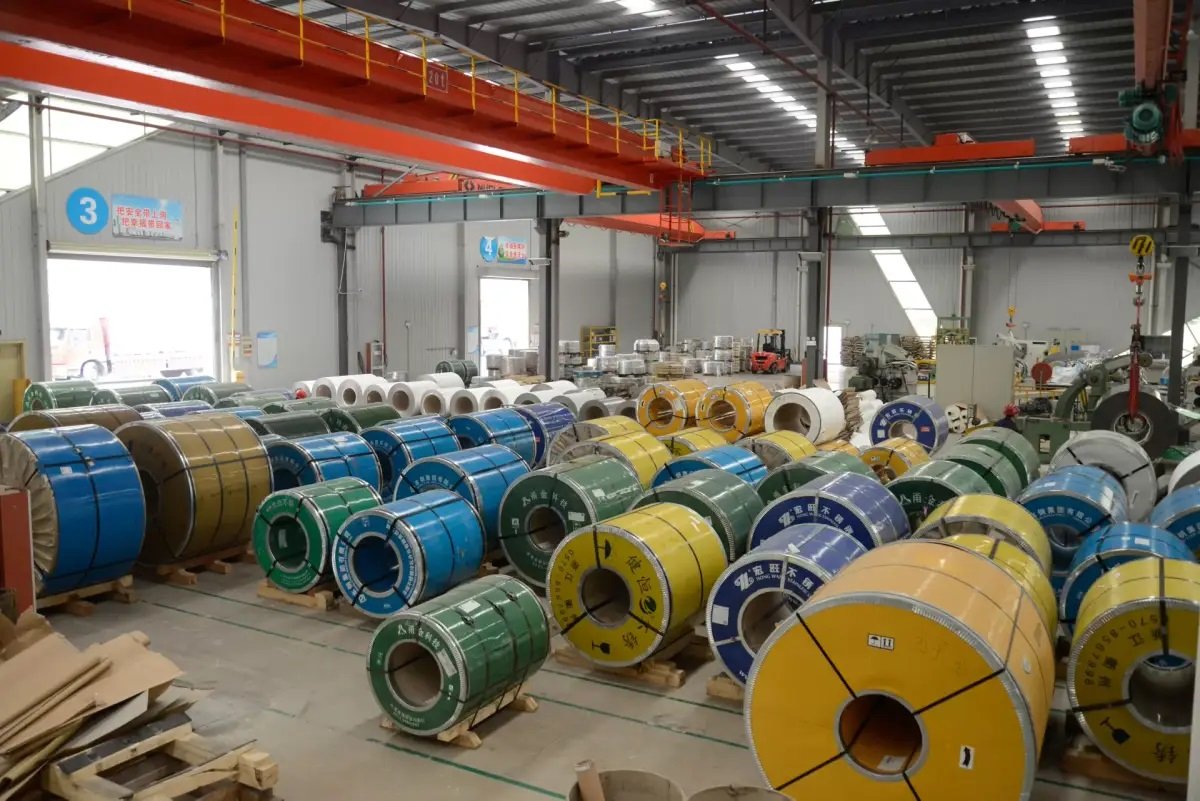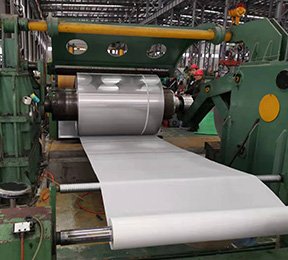
How to identify the authenticity of 304 stainless steel
Many daily necessities and facilities made of 3004 stainless steel are used in our daily life, such as 304 stainless steel water tanks, stainless steel sinks, etc. These 304 stainless steel products greatly facilitate people’s lives, but people will also encounter To some merchants who use fake and true sub-charges to mislead consumers with fake 304 stainless steel plates or non-304 stainless steel plates, and bring immeasurable losses to consumers. Today, let ’s talk about how to identify the 304 stainless steel plate.true and false.
Use stainless steel identification agent to identify
The stainless steel identification agent is used to detect which series of stainless steel is distinguished by the nickel content of the steel. There are various specifications for fast testing of 200 series, 300 series, 400 series and other stainless steels. The application method of the stainless steel identification agent is very simple. It can be directly dropped on the stainless steel plate. The stainless steel identification agent can usually produce effects in about 2-3 minutes. Different colors correspond to different types of stainless steel materials. Ordinary 201 stainless steel (manganese exceeds the standard) that turns red in about 10 seconds; authentic 201 stainless steel (manganese exceeds the standard) that turns red in about 50 seconds; 202 stainless steel (manganese exceeds the standard) that turns red in about 1 minute; 301 stainless steel in 2-3 It will turn red in minutes, but the color is very light, you need to look carefully; if there is no change in color within 3 minutes, and the bottom color becomes slightly darker, this is the authentic SUS304 stainless steel. Generally, the stainless steel identification agent is equipped with a contrast color card. The direct comparison of the identification results can know the type of stainless steel sheet, which is very convenient.
Identify 304 stainless steel by magnetic
In the stainless steel market, there are still misunderstandings about 304 stainless steel. Some people think that if you use a magnet to attract stainless steel, you can attract stainless steel. What you can’t attract is stainless steel. Good stainless steel is not magnetic. However, from this point of view, I will make a judgment for everyone, how to identify 304 stainless steel through this magnetic property.
First of all, we know that 304 stainless steel belongs to austenite type, but austenite type is non-magnetic or weakly magnetic, so everyone will think that good stainless steel is non-magnetic. However, one thing that people lack is that 304 stainless steel may appear magnetic when its chemical composition fluctuates or the processing state is different due to the smelting process. However, this cannot be considered a counterfeit or substandard product. In addition, the cold-processed 304 stainless steel will also have a microstructure The transformation to martensite, the greater the cold working deformation, the more martensite transformation, the greater the magnetic properties of the steel. On the contrary, the 200-series stainless steel with a lower quality is likely to be non-magnetic, and it is therefore very wrong to judge that it is a genuine stainless steel. In particular, the magnetic properties of 304 stainless steel due to the above reasons are not at the same level as the magnetic properties of stainless steel of other materials, which means that the magnetic properties of 304 steel always show weak magnetic properties. This tells us that if stainless steel is weakly magnetic or completely non-magnetic, it should be judged as 304 or 316; if it is as magnetic as carbon steel, it shows strong magnetism because it is judged not to be 304.
Identification with copper sulfate
Remove the oxide layer on the steel, put a drop of water, and wipe it with copper sulfate. If it does not change color, it is usually stainless steel; if it turns purple, non-magnetic is high manganese steel, and magnetic is generally ordinary steel or low alloy steel.
For special steel types, we need to adopt the following three methods for identification.
For cold-processed chrome-nickel stainless steel, if it is magnetic, take a small piece and burn it in the fire to let it cool naturally or put it in water (annealing). Generally speaking, the magnetism will be significantly weakened or completely disappeared after annealing. However, some chrome-nickel stainless steels, such as Cr18Ni11Si4AlTi steel and Cr21Ni5Ti steel, contain more ferrite elements in the steel, and a considerable part of their internal structure is ferrite. Therefore, it is magnetic even in a hot-worked state.
Grinding identification
Grinding identification is to grind stainless steel on a grinder and observe its sparks. If the sparks are streamlined and have more dense knots, they are high-manganese steels or manganese-nitrogen steels with high manganese; if they are not knots, they are chrome steel or chrome-nickel stainless steel.
Chemical qualitative identification
Chemical qualitative method is a method to identify whether nickel is contained in magnetic stainless steel. The method is to dissolve a small piece of stainless steel in aqua regia, dilute the acid solution with purified water, add ammonia water to neutralize, and then gently inject the nickel reagent. If there is red fleece on the liquid surface, it means that the stainless steel contains nickel; if there is no red fleece, it means that there is no nickel in the stainless steel (but because of the low nickel content in stainless steel, it is generally only a few percent. The content is not easy to reveal or determine how much, generally need to use the standard sample experiment several times before you can master).
The above-mentioned identification methods indicate that the use of sensory methods to identify stainless steel not only requires comprehensive testing using several methods, but the test results can only determine a certain type of stainless steel, and cannot determine which alloy elements and specific contents are contained in the steel. Therefore, the method of sensory identification is currently very imperfect, some may be wrong, and there are many physical phenomena, which are only known but why, and need to be further explored. The best way to correctly distinguish between stainless steel grades is to conduct in-depth investigations and studies, and ask the relevant testing units to make testing judgments. This is the fundamental method to correctly distinguish the type and quality of stainless steel.













